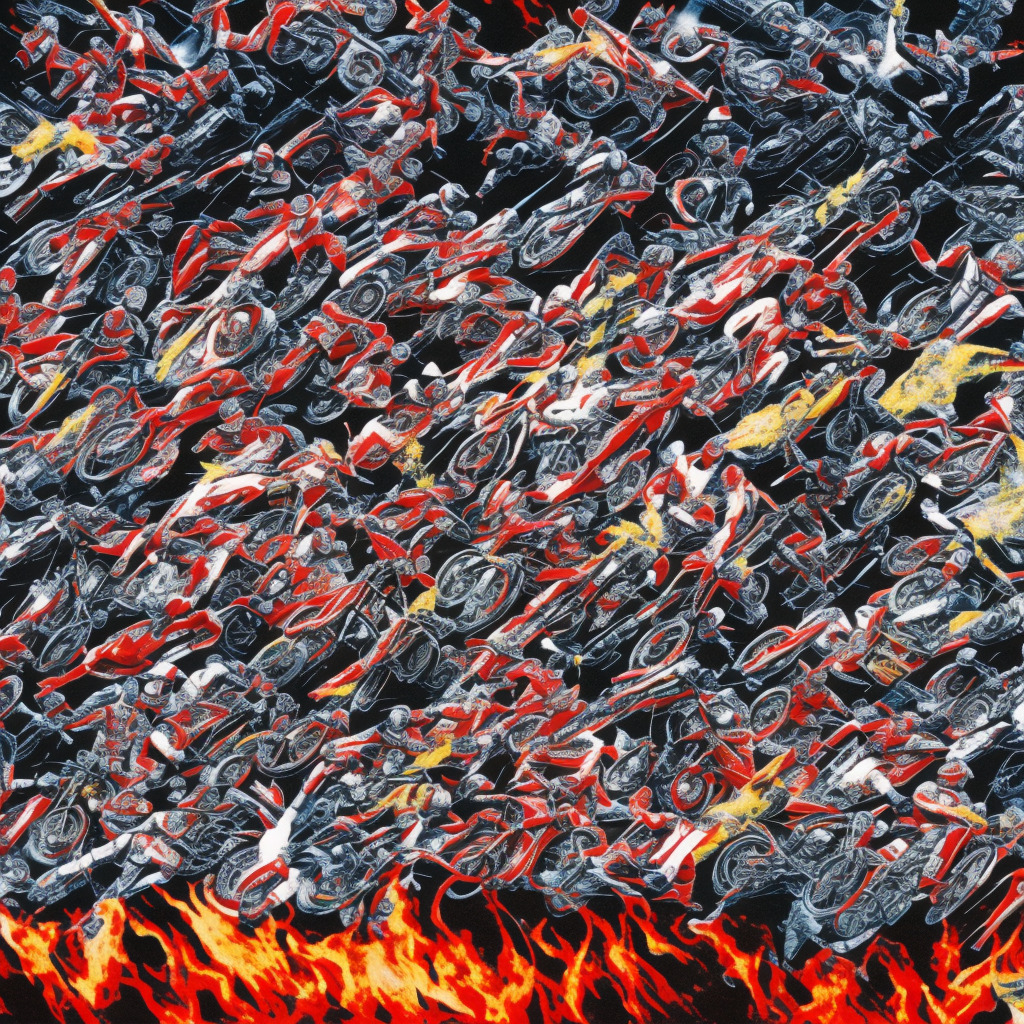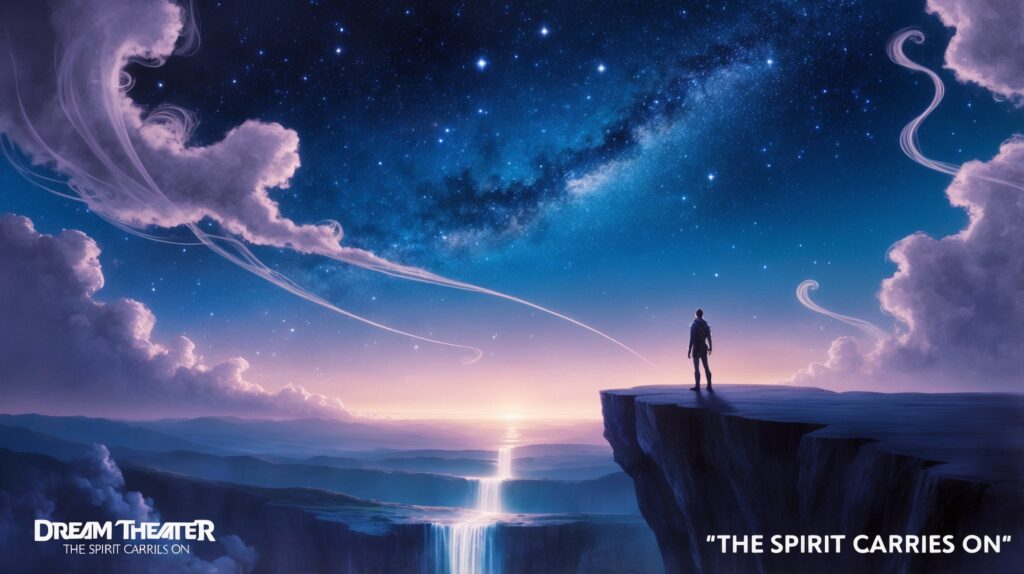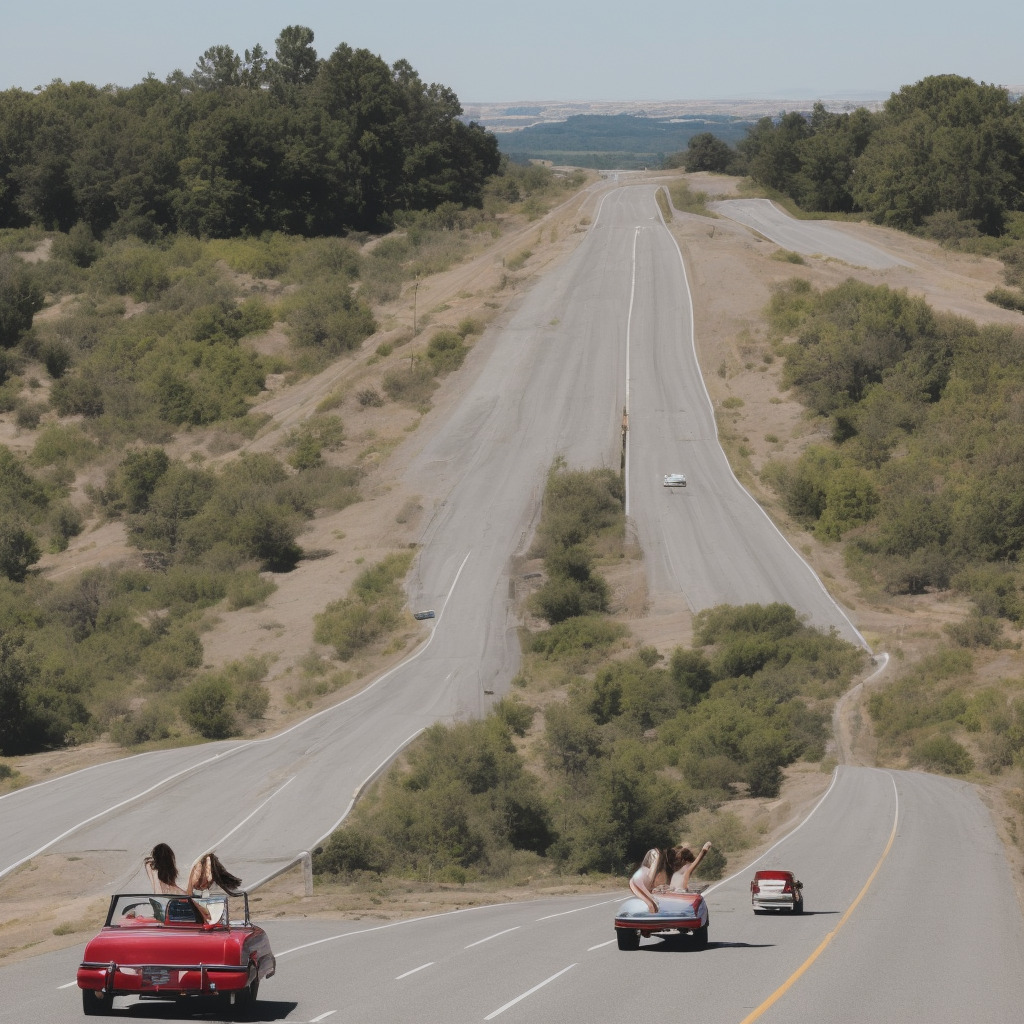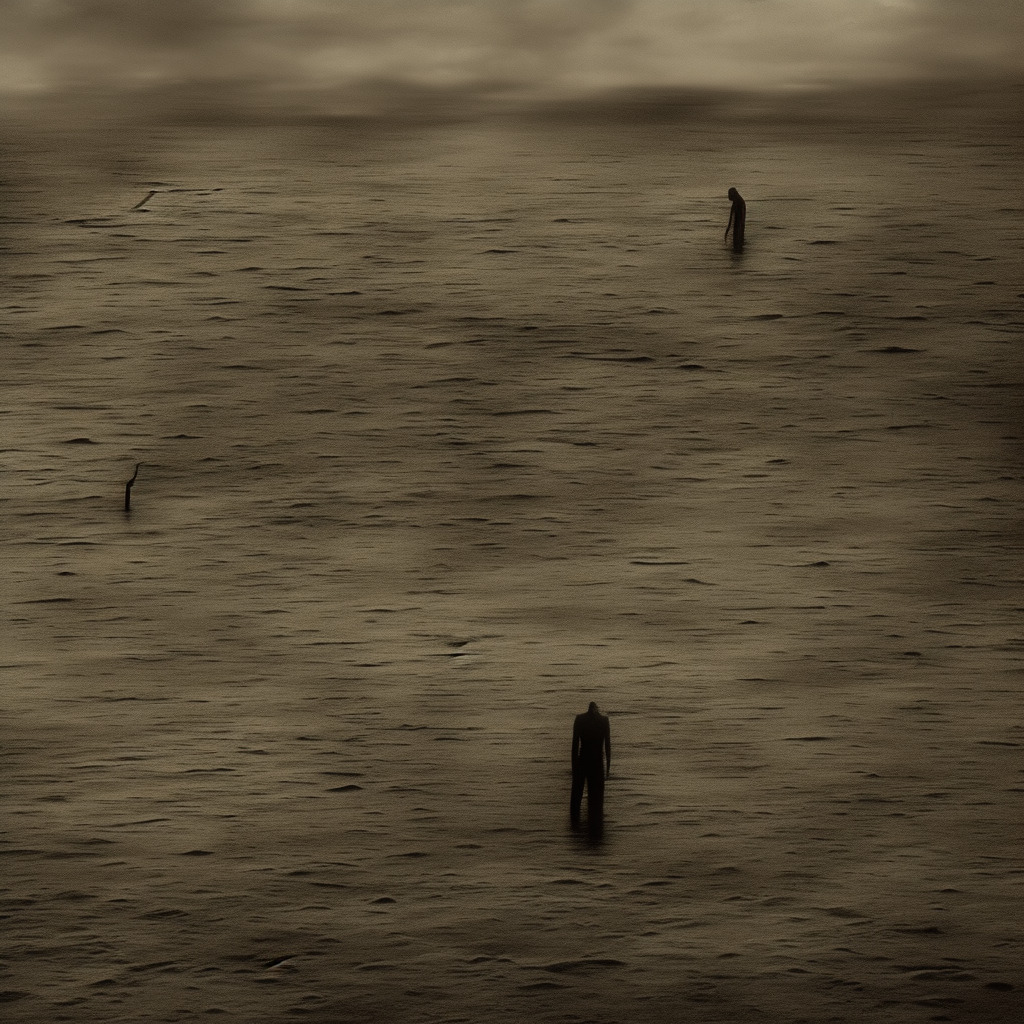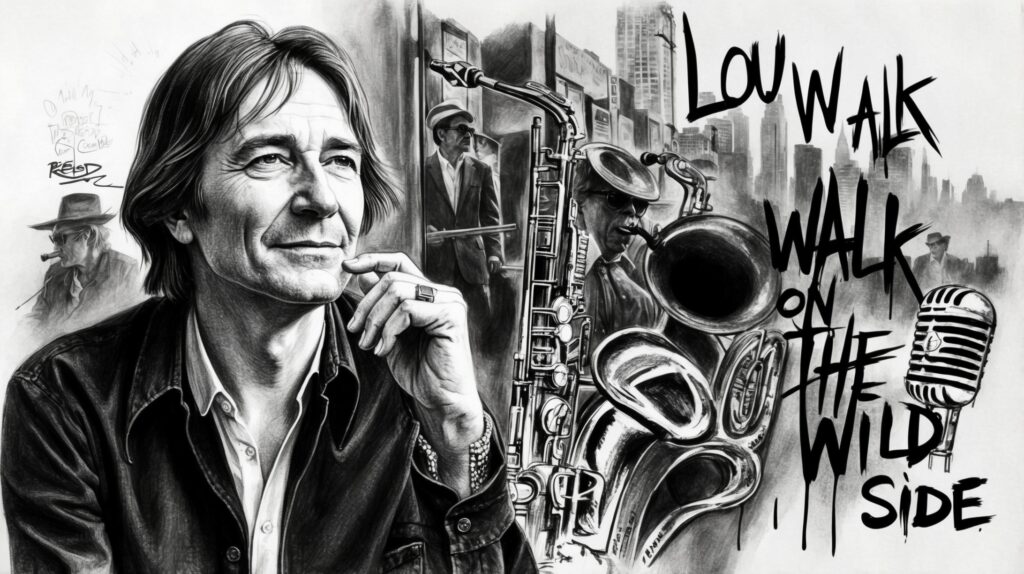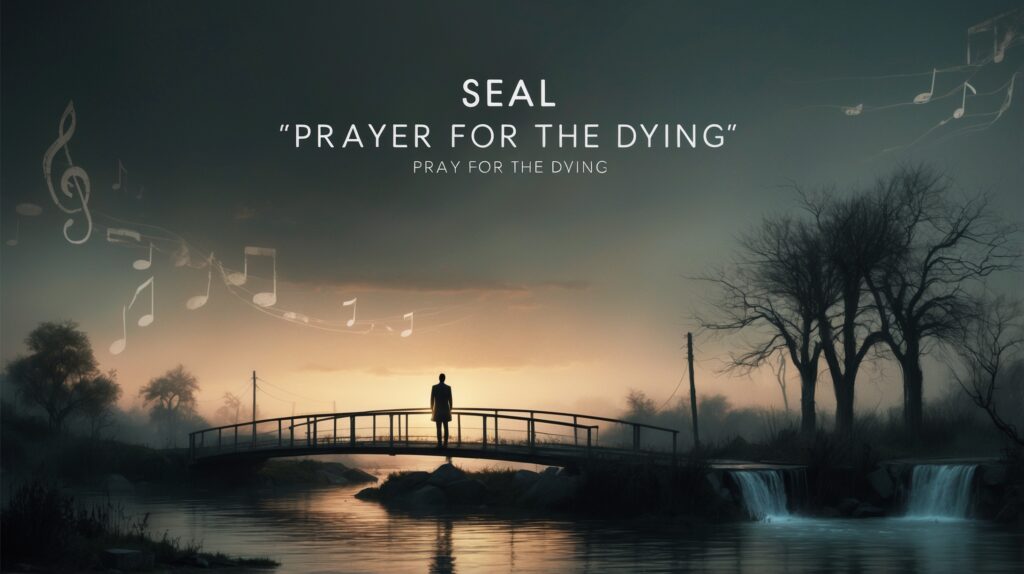🔥 Did you know #JudasPriest’s “Freewheel Burning” was a literal speed demon? 🏍️ Recorded at 211 BPM, it’s one of their fastest tracks! 🤘 Race on over to this metal classic for an adrenaline rush! 🎸 #FreewheelBurning #MetalTrivia #ClassicRock Read about it: tinyurl.com/ymr2vnfe
Speeding Through the Priest’s Metal Journey
“Judas Priest: Pioneering Metal Titans Fueling Decades of Adrenaline-Pumping Innovation and Versatility”
Emerging from the industrial city of Birmingham, England, in the early 1970s, Judas Priest’s meteoric rise to prominence was fueled by their groundbreaking fusion of heavy metal and hard rock, establishing themselves as one of the genre’s most influential acts. With a career spanning over five decades, the band has undergone numerous lineup changes but has undeniably left a lasting impact on the metal community.
The song “Freewheel Burning,” released in 1984, is a prime example of Judas Priest’s enduring commitment to pushing the boundaries of heavy metal. As the opening track of their ninth studio album “Defenders of the Faith,” the song immediately sets the tone with its rapid-fire guitar riffs and high-pitched vocals, courtesy of the legendary Rob Halford. The potent songwriting duo of guitarist K.K. Downing and fellow axeman Glenn Tipton truly demonstrate their mastery of the heavy metal genre in this high energy track.
Judas Priest’s lineup at the time of “Freewheel Burning” included the aforementioned Halford, Downing, and Tipton, as well as long-standing bassist Ian Hill and drummer Dave Holland. Although Holland’s tenure with the band was marred by controversy and legal troubles, his contributions on the drums for the album were undeniably solid and provided a strong backbone for the band’s signature sound.
While Judas Priest has primarily been celebrated for their innovative contributions to heavy metal, one cannot overlook their occasional forays into more commercial territory. Some critics argue that their brief dalliance with pop-metal in the mid-1980s diluted their edge, while others contend that it showcased the band’s versatility and willingness to experiment.
Recognition for the impact of Judas Priest on the metal scene has not gone unnoticed. The band has been nominated for the prestigious Grammy Awards multiple times and eventually took home the award for Best Metal Performance in 2010 for their song “Dissident Aggressor.” Furthermore, their consistent chart successes and album sales are a testament to their enduring popularity and influence in the genre.
Despite occasional slips into mainstream sounds and a few lineup changes, Judas Priest remains a force to be reckoned with in the world of heavy metal. Their sheer determination, creativity, and musical prowess are evident in tracks like “Freewheel Burning,” proving that the metal gods are still capable of delivering high-octane, adrenaline-pumping music for their legions of fans.
Charting the Road to Success
“Freewheel Burning” – defying charts and igniting the hearts of metalheads for generations.
“Freewheel Burning” was released as the lead single from Judas Priest’s ninth studio album, ‘Defenders of the Faith,’ on December 5, 1983. Despite being a fan favorite and showcasing the band’s signature sound, the track did not achieve significant commercial success in terms of chart positions. However, it should be noted that chart positions are not always an accurate reflection of a song’s impact and legacy.
Upon its release, “Freewheel Burning” failed to break into the UK Singles Chart, as well as the US Billboard Hot 100. Nevertheless, the track gained considerable airplay on rock radio stations and secured its place in the hearts of Judas Priest fans worldwide. It also contributed to the overall success of the ‘Defenders of the Faith’ album, which peaked at No. 18 on the UK Albums Chart and No. 19 on the US Billboard 200, further solidifying the band’s status as one of the leading acts in heavy metal.
Additionally, “Freewheel Burning” has remained a staple in Judas Priest’s live performances over the years, further demonstrating its enduring popularity and influence within their extensive catalog. While the song may not have conquered the charts upon its initial release, its impact and legacy live on through the dedicated fanbase and continued appreciation from both old and new generations of metal enthusiasts.
Igniting the Spirit of Rebellion Within
Fast and furious, we ride the universe
To carve a road for us that slices every curve in sight
We accelerate, no time to hesitate
This load will detonate, whoever would contend its right
Born to lead at breakneck speed with high octane
We’re spitting flames, freewheel burning
On we catapult, we’re thrusting to the hilt
Unearthing every fault, go headlong into any date
We don’t accept defeat, we never will retreat
We blaze with scorching heat, obliterations everywhere
Look before you leap has never been the way we keep
Our road is free
Charging to the top and never give in, never stops the way to be
Hold on to the lead with all your will and concede
You’ll find there’s life with victory on high
Born to lead at breakneck speed with high octane
We’re spitting flames, freewheel burning
The lyrics of “Freewheel Burning” capture the spirit of rebellion, freedom, and a relentless drive to succeed against all odds. They embody a sense of determination and an unwillingness to back down, reflecting the growing counterculture of the time when the song was released in 1984.
The 1980s were marked by significant political and social changes. The Cold War still raged on, and many people felt a growing sense of disillusionment with the establishment. “Freewheel Burning” became an anthem for those who sought to break free from societal constraints and carve their own path in life.
Lines like “We accelerate, no time to hesitate” and “We don’t accept defeat, we never will retreat” touch on the urgency and unyielding spirit that defined the era. The song encourages listeners to charge ahead and seize opportunities, pushing the boundaries of what’s possible.
“Freewheel Burning” also speaks to the exhilarating, high-speed pace of technological advancement and societal change during the 1980s. The lyrics “Born to lead at breakneck speed with high octane, we’re spitting flames” evoke a sense of power and energy, mirroring the rapid developments in areas like personal computing and space exploration that defined the decade.
Ultimately, “Freewheel Burning” serves as a powerful reminder of the fighting spirit that characterized the 1980s, urging listeners to break free from the constraints of the past and forge their own destiny.
Igniting the Screen with Freewheel Burning: The Music Video
“Judas Priest’s ‘Freewheel Burning’ music video blazes with electrifying visuals and raw energy, capturing the band’s essence in a high-octane, adrenaline-fueled experience that ignites the screen.”
The music video for Judas Priest’s “Freewheel Burning” is an electrifying visual representation of the band’s fast-paced heavy metal anthem. Released in 1984 as a part of their album ‘Defenders of the Faith’, the music video captures the essence of the band’s high-energy performance and adrenaline-fueled sound.
Directed by Julien Temple, who has worked with a plethora of artists such as David Bowie, The Rolling Stones, and The Kinks, the “Freewheel Burning” music video showcases Temple’s talent for capturing the raw energy of live performances. The production details of the video are minimalistic and focus primarily on the band’s stage presence, with the budget allocated to enhancing the video’s crisp visual quality and dynamic camera movement.
The artistic approach of the “Freewheel Burning” video is to encapsulate the intensity and speed of the song. This is achieved through the use of rapid cuts between close-ups of the musicians and wide shots of the band rocking out on stage. Additionally, the video features smoke, intense lighting, and pyrotechnics which further amplify the song’s powerful atmosphere.
Moreover, the video includes an intriguing narrative of a young boy playing an arcade game that mimics the band’s performance. This element adds a visual storyline and a sense of youthful excitement that connects with the listener’s inner thrill-seeker, while emphasizing the band’s connection to their fans.
While there is no official record of the budget for the “Freewheel Burning” video, one can assume that the majority of the expenses were directed towards the live performance production, including stage design and special effects. The simplicity of the video’s concept allows for a lower budget, but the execution is still top-notch, showcasing the talent and dedication of both the band and the production team.
In recent years, Judas Priest’s “Freewheel Burning” has inspired numerous fan-made videos and YouTube tributes. These creative and passionate homages further attest to the song’s enduring popularity and the band’s impact on heavy metal music. The fan videos cover a wide range of styles, from live performance compilations to animated reinterpretations, showcasing the song’s influence on the global heavy metal community.
The “Freewheel Burning” music video stands as a testament to Judas Priest’s ability to deliver high-octane heavy metal anthems paired with visuals that create an unforgettable experience for their fans. With its fast-paced editing, captivating performance, and blazing special effects, this video has undoubtedly earned its place in the heavy metal hall of fame.
The Mastermind Behind Freewheel Burning
The genius composer behind Judas Priest’s iconic song “Freewheel Burning” is none other than the talented duo of lead vocalist Rob Halford and lead guitarist Glenn Tipton. Their electrifying collaboration has resulted in numerous unforgettable tracks in the heavy metal world. In addition to “Freewheel Burning,” Halford and Tipton are the masterminds behind other notable Judas Priest hits like “Breaking the Law,” “Painkiller,” and “You’ve Got Another Thing Comin’.” Their impeccable ability to create heavy metal anthems with memorable riffs and powerful lyrics has cemented their status as legends in the music industry.
Awards, Accolades and Appearances Galore
“Freewheel Burning” – a timeless metal anthem showcasing Judas Priest’s technical mastery, resonating across generations with critical acclaim, pop culture prominence, and inspiring covers.
“Freewheel Burning” has without a doubt become a staple within the metal community since its release in 1984. The track, featured on Judas Priest’s ninth studio album, “Defenders of the Faith”, showcases the band’s technical prowess and powerful performance, earning them significant recognition and continued admiration.
While the song may not have garnered any specific awards, it is often hailed as one of the band’s best tracks, receiving high praise from fans and critics alike. The song’s intricate guitar work and intense tempo have contributed to its status as an emblematic heavy metal anthem.
In addition to its critical acclaim, “Freewheel Burning” has made its mark through various appearances in popular culture. The track can be heard in the 2009 racing video game “Brütal Legend”, which features an impressive lineup of rock and metal tracks to create an immersive and electrifying gaming experience. Its inclusion in the game is a testament to the song’s influence and enduring appeal within the heavy metal genre.
Over the years, “Freewheel Burning” has also inspired several cover versions by different artists, further solidifying its impact on the metal community. Swedish power metal band HammerFall released a cover of the song in 2008 as a bonus track on their album “Masterpieces”. Their rendition pays homage to the original while adding the distinct HammerFall flair. Another notable cover is by Finnish metal band Children of Bodom, who performed “Freewheel Burning” live during their 2012 “Holiday at Lake Bodom” anniversary tour, showcasing the song’s continued resonance with metal musicians.
“Freewheel Burning” has, without question, secured its place in heavy metal history as a quintessential Judas Priest track. It has transcended its initial release to leave a lasting impact on the genre through its various accolades, appearances, and covers, continuing to inspire and electrify its listeners for generations to come.
Musical Mastery Unleashed
Diving into the technical intricacies of “Freewheel Burning,” we find it to be a masterclass in speed metal and an excellent showcase of the band’s musicianship. The song is written in the key of E minor, a popular choice for heavy metal compositions, as it allows for the use of open strings and power chords on the guitar.
The chord progression primarily revolves around the chords Em, G, and A, while also incorporating the B and D chords. This creates a sense of drive and urgency that is characteristic of the song’s high-energy feel. The tempo is blistering, coming in at around 190 BPM (beats per minute), which is quite fast for a heavy metal song and adds to its relentless intensity.
One of the most impressive aspects of “Freewheel Burning” is the tight and intricate guitar work by Glenn Tipton and K.K. Downing. The song features a plethora of rapid-fire riffs, harmonized guitar lines, and impressive soloing that demonstrates the exceptional skill of both guitarists. Additionally, the vocals of Rob Halford soar above the frenetic instrumentation, with his signature high-pitched wails and aggressive delivery perfectly complementing the song’s breakneck pace.
The rhythm section, consisting of bassist Ian Hill and drummer Dave Holland, provides a solid foundation for the song’s complex musical structure. Holland’s drumming is particularly noteworthy for its precision and speed, utilizing a combination of rapid double bass drumming and intricate cymbal work to drive the song forward. Meanwhile, Hill’s bass lines provide a powerful low-end presence, effectively anchoring the song’s intricate melodic components.
As for the song’s structure, it follows a fairly standard format for heavy metal tunes, with an intro, verses, pre-choruses, choruses, a bridge, and an outro. However, the band’s ability to seamlessly weave together various riffs and rhythmic patterns within this framework is a testament to their compositional prowess and attention to detail.
In conclusion, “Freewheel Burning” is an exceptional example of Judas Priest’s technical proficiency and songwriting abilities. Its breakneck tempo, intricate musicianship, and powerful vocals combine to create a thrilling and memorable listening experience that has stood the test of time as a classic heavy metal anthem.

